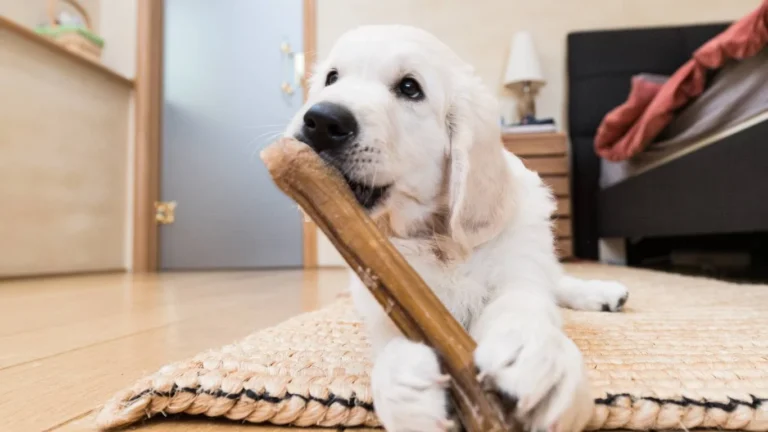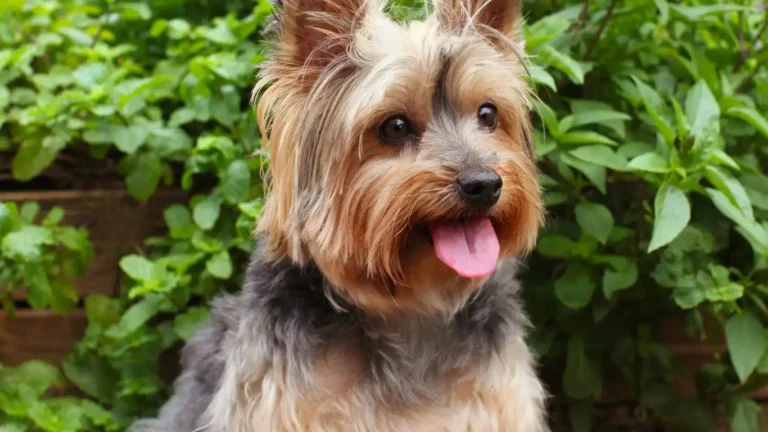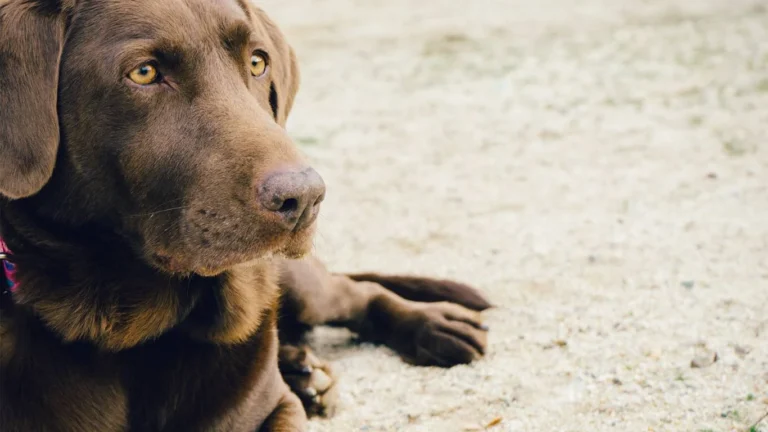How to Help a Dog Adjust to a New Schedule: Simple Tips for a Smooth Transition
Helping a dog adjust to a new schedule can be a bit of a challenge, especially for dogs who thrive on routine. As a Pet Nutritionist and pet care expert with years of experience working in veterinary clinics, I’ve seen firsthand how even small changes to a dog’s daily routine can cause stress or confusion. Whether you’ve just started a new job, changed your living situation, or need to adjust your dog’s feeding, walking, or bedtime routines, there are ways to make this transition smoother for your furry friend.
Understanding the Importance of Routine for Dogs
Dogs are creatures of habit. They love consistency, and a sudden change in their daily routine can throw them off, causing anxiety, confusion, or even behavioral issues. A new schedule could mean different feeding times, walks at odd hours, or changes in when they get attention. These shifts can lead to stress and, in some cases, manifest in destructive behaviors like chewing, barking, or having accidents in the house. By understanding why dogs rely on routine, you can better anticipate their needs and help them adjust more easily.
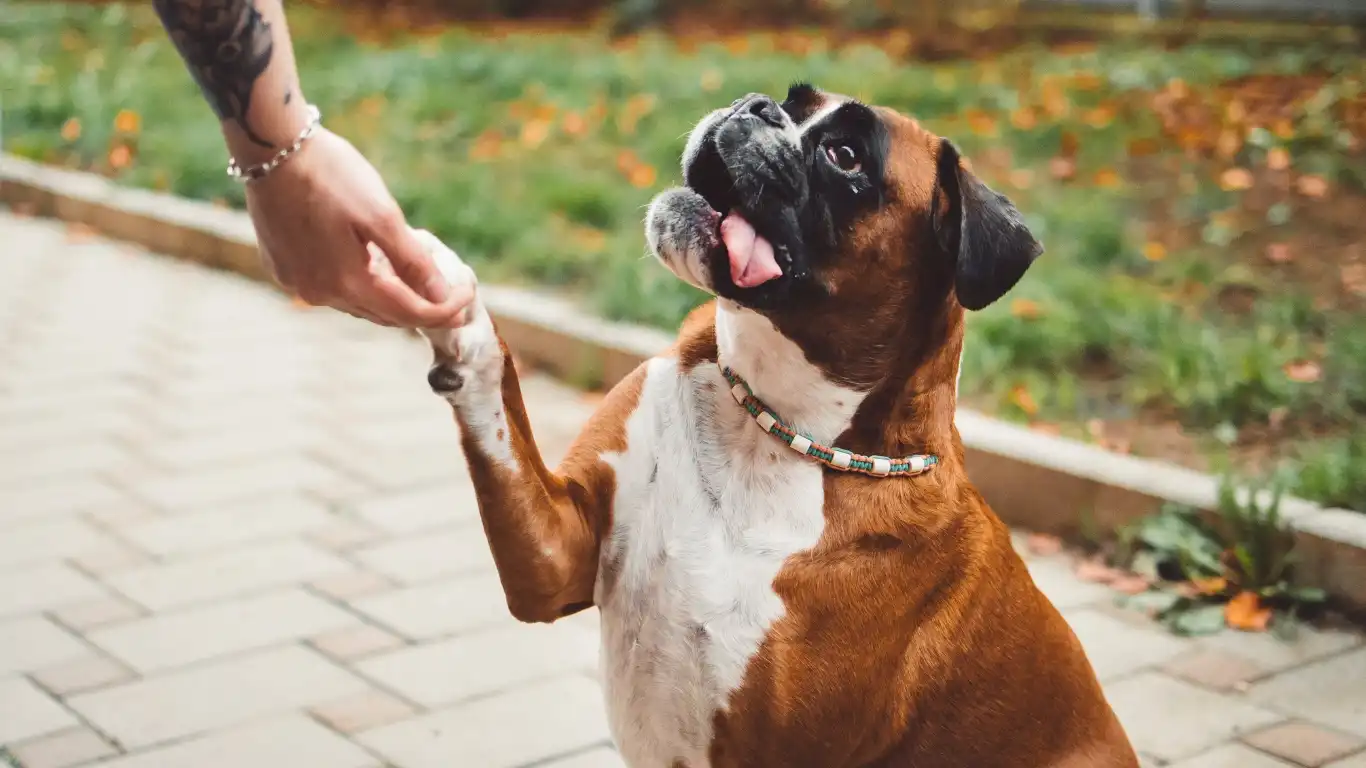
As someone who’s worked with hundreds of dogs, I can tell you that creating a routine that works for both you and your dog is key to making these transitions smoother. This doesn’t mean rigid schedules, but it does mean providing them with enough predictability to feel secure. So, how can we help our dogs adjust when we need to change up their routine?
Start with Small, Gradual Changes
When adjusting a dog to a new schedule, it’s important not to go cold turkey on them. If your dog’s usual walk time is 9 AM, and now you need to push it to 11 AM, jumping straight into that change may lead to confusion and frustration. Instead, take baby steps.
- Start by shifting the schedule in 15-minute increments over a few days or weeks. This way, your dog can slowly adjust without feeling overwhelmed.
- If your dog is used to eating at 7 AM, but now you need to feed them later in the day, gradually move the feeding time closer to the new schedule.
- Make sure to offer praise and rewards when your dog adapts to the new routine, reinforcing that the changes are good and nothing to be afraid of.

Recognize the Signs of Stress
It’s important to recognize when your dog is struggling with the new schedule. Dogs can’t tell us exactly what’s wrong, so they’ll often show us through their behavior. If your dog seems particularly stressed after a schedule change, look for these signs:
- Increased barking or whining: If your dog is vocalizing more than usual, it could indicate stress or frustration.
- Destructive behavior: Chewing furniture, digging, or knocking things over can be a sign that your dog is anxious about the change.
- Loss of appetite: If your dog isn’t eating or shows a sudden disinterest in food, it may be feeling unsettled.
- Restlessness or pacing: Dogs that are out of their element might pace around or seem hyperactive.
If you notice any of these behaviors, it’s important to take a step back and re-evaluate the changes you’re making. It might be a good idea to slow things down and give your dog more time to adjust.
Maintain Stability in Other Areas
Even though you’re making changes to your dog’s routine, try to keep other areas of their life as stable as possible. Dogs find comfort in things that stay consistent. For example:
- Stick to familiar feeding and walking locations: If your dog is used to a particular park or walking route, try to keep those consistent as long as possible.
- Keep bonding time the same: Whether it’s cuddle time on the couch or a special play session, make sure your dog continues to get those moments of connection that reinforce a sense of security.
- Don’t change the environment drastically: Even small changes in the home, like moving furniture or changing where their bed is located, can add to their stress. Keep their living space predictable during this adjustment period.

It’s all about balance—by ensuring that some aspects of their life remain constant, you’re helping them adapt to the new changes without feeling too overwhelmed. Even if your schedule is shifting, their basic needs for routine, comfort, and bonding should remain steady. This will help them feel like they have a stable foundation to rely on during the transition.
Be Patient and Consistent
At the end of the day, patience is key when helping a dog adjust to a new schedule. Just like humans, dogs need time to get used to change. Consistency is also crucial. The more predictable their new routine is, the more easily they’ll adjust. And remember, you’re not alone in this! It’s a process that may take some time, but with a little understanding and effort, your dog will soon settle into their new schedule just fine.
Using Positive Reinforcement to Ease the Transition
One of the most effective ways to help a dog adjust to a new schedule is through positive reinforcement. Dogs are incredibly responsive to rewards, and by associating the new routine with good things, you can make the transition much smoother. This is something I’ve used countless times in my years working in veterinary clinics—trust me, it works like a charm!

So, how can you use positive reinforcement to your advantage? Here are some simple but effective ways:
- Reward good behavior immediately: If your dog adapts to a new mealtime or waits patiently for their new walk time, reward them with a treat, extra belly rubs, or their favorite toy.
- Use verbal praise: Dogs love hearing encouragement from their owners. A cheerful “Good boy!” or “Good girl!” can go a long way in reinforcing positive behaviors.
- Introduce interactive play: If your dog struggles with a new schedule, distract them with playtime. A game of fetch or tug-of-war can help them associate their new routine with fun.
From my experience, consistency is everything when it comes to positive reinforcement. If you reward them for adjusting to a new feeding time on Monday, but forget to do the same on Tuesday, they may get confused. Stick with it, and soon enough, they’ll embrace the changes.
Keeping Your Dog Mentally and Physically Engaged
One of the biggest challenges when changing a dog’s routine is keeping them mentally and physically stimulated. If they’re used to a particular play schedule or walk time, a sudden change can leave them restless, which may lead to destructive behaviors.
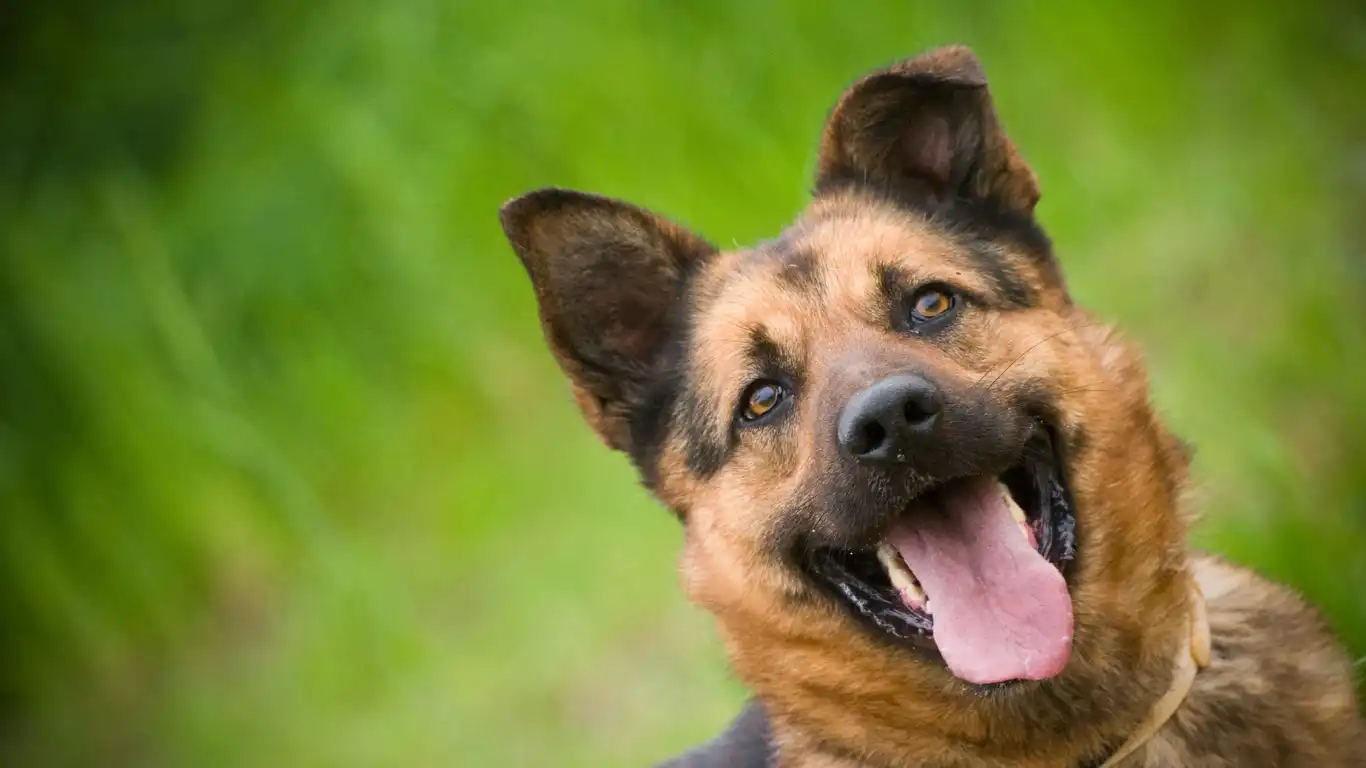
Physical Exercise is Key
Regardless of when their walks or playtime happen, making sure your dog gets enough physical activity is crucial. If a schedule change means they’re no longer getting their morning jog, consider adding in an extra evening walk or play session. Some great ways to keep them active include:
- Longer walks: If your dog is missing their usual outdoor time, try adding a few extra minutes to their walk.
- Backyard agility: Set up small obstacles like cones, tunnels, or hurdles to keep them engaged.
- Interactive fetch: Instead of a basic game of fetch, make it more challenging by hiding the ball or playing in different locations.
Mental Stimulation is Just as Important
A bored dog is a restless dog! If their schedule change leaves them with more downtime, mental enrichment is just as important as physical exercise. Some easy and effective ways to keep their brain engaged include:
- Puzzle toys: These are a great way to keep dogs occupied, especially if they need to adjust to longer wait times between meals.
- Hide-and-seek games: Hide treats or toys around the house and let your dog sniff them out.
- Basic training sessions: Even if your dog already knows the basics, reinforcing commands like “sit,” “stay,” and “paw” can help keep them mentally sharp.
From my personal experience, interactive toys work wonders for dogs who struggle with a schedule change. I once had a client whose dog would get restless when their work hours shifted, so we introduced a treat-dispensing toy. It kept the dog entertained, distracted, and much happier with the new routine!
Helping Your Dog Adjust to a New Sleep Schedule
One of the most overlooked aspects of adjusting a dog’s routine is their sleep schedule. Dogs are just like us—if their bedtime changes suddenly, they might struggle to settle down. I’ve seen this happen many times when pet parents start new jobs or work late shifts.

Creating a Relaxing Bedtime Routine
If your dog is struggling to sleep due to a new schedule, try incorporating some calming bedtime habits to help them wind down:
- Dim the lights: Lowering the brightness in your home signals to your dog that it’s time to rest.
- Play soothing sounds: White noise machines or soft classical music can help relax a restless dog.
- Offer a bedtime snack: A light snack before bed (like a few pieces of kibble or a dental chew) can make them feel satisfied and ready to sleep.
If your dog struggles with a different wake-up time, gradually adjust their morning routine just like you would with their feeding schedule. For instance, if you now need to wake up an hour earlier, try shifting their wake-up time by 10-15 minutes each day.
Comfort is Everything
Ensuring your dog has a cozy and familiar sleeping space can help them adjust to bedtime changes more easily. A few things that can make a difference include:
- A supportive dog bed: Orthopedic or memory foam beds can help older dogs sleep more soundly.
- A familiar blanket: A blanket that smells like you can provide comfort, especially if your schedule change means you’re home less.
- A set sleep location: If possible, keep their sleeping spot in the same place to provide consistency.
I’ve had pet parents tell me their dog wouldn’t settle after a routine shift, and many times, the problem was as simple as them needing a familiar scent nearby. A T-shirt that smells like you can work wonders!
Adjusting to Your Own Routine While Supporting Your Dog
It’s easy to focus entirely on your dog’s adjustment, but don’t forget—your own consistency matters too. If your schedule change means you’re suddenly more rushed, stressed, or distracted, your dog will pick up on that energy.
Here are some ways to balance your own routine with your dog’s needs:
- Set reminders for key moments: A simple phone reminder for walks, feeding, or playtime can help you stay on track.
- Keep transitions stress-free: If you have to rush out the door at a new time, stay calm so your dog doesn’t associate the change with anxiety.
- Spend quality time when you can: Even if your schedule has changed, carve out intentional moments to bond with your dog.
At the end of the day, your dog looks to you for stability. If you make their new routine feel safe, predictable, and positive, they’ll adapt much faster than you think. Stay patient, be consistent, and give them plenty of reassurance along the way!
Managing Separation Anxiety During Schedule Changes
One issue that many dog owners face when changing their dog’s routine is the possibility of separation anxiety. If your schedule now requires you to leave home at a different time or for longer periods, your dog might feel stressed or anxious when left alone. This can be especially challenging if your dog was used to having you around at a certain time every day.
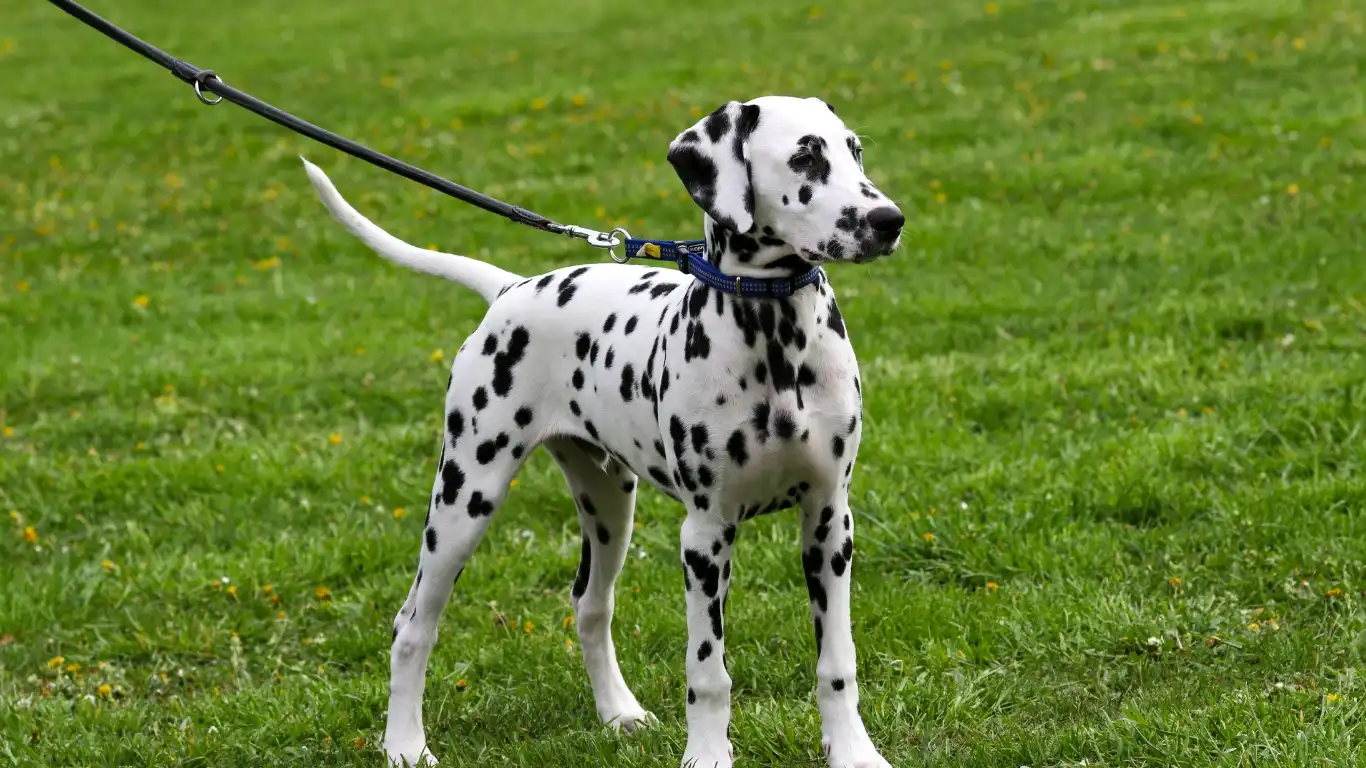
As a pet nutritionist and care expert, I’ve seen numerous cases where dogs act out due to separation anxiety, such as chewing furniture, excessive barking, or even accidents inside the house. Luckily, there are a few strategies to help reduce your dog’s anxiety when your schedule changes:
Gradual Departures
If you’re going to be leaving at different times, try to practice gradual departures. Start by leaving your dog for short periods of time and gradually increase the duration. This helps them get used to being alone without causing too much stress.
- Start small: Leave your dog for just five minutes, and then gradually increase the time. Be sure to keep the departures calm and nonchalant so they don’t associate your leaving with heightened emotions.
- Provide distractions: Interactive toys, puzzles, and even frozen food treats can keep your dog mentally occupied while you’re away.
- Return calmly: When you come back home, try not to make a big deal out of it. If you greet your dog too excitedly, it may increase their anxiety when you leave again.
By slowly helping your dog get used to the new routine of being left alone, you’ll help ease their anxiety over time. Also, remember that a calm and consistent routine will give them the confidence they need to adjust to the change in your schedule.
Incorporating Rest and Relaxation Time
While keeping your dog mentally and physically engaged is important during schedule transitions, rest and relaxation are just as vital. A tired dog is often a well-behaved dog, but it’s also essential that your dog gets enough downtime to recharge, especially during this period of adjustment.

Creating a Relaxing Environment
Whether it’s an extra-long walk or a fun play session, physical exercise can help your dog burn off excess energy. However, they’ll still need quiet time to relax and recuperate. Create a calm environment for your dog where they can unwind. Some helpful tips include:
- Soft bedding: A comfortable and cozy bed will help your dog settle down and sleep better, especially if your schedule changes keep them more active.
- A quiet space: Dedicate an area in your home where your dog can rest without being disturbed. Avoid loud noises and sudden movements that could disrupt their relaxation time.
- Calming aids: Natural calming aids like lavender essential oil (used sparingly) or a calming collar can help soothe your dog during times of stress.
By providing your dog with ample downtime, they’ll be better equipped to handle the changes in your schedule. It also helps reduce the chance of your dog becoming overly stressed or exhausted during the adjustment period.
Monitoring Their Health and Well-Being
When changing a dog’s schedule, it’s essential to monitor their overall health. Even slight adjustments can affect their eating habits, sleep patterns, and physical activity levels. As a pet care expert, I always recommend keeping a close eye on any changes that might indicate that your dog is struggling to adjust. Here’s what to look out for:
- Changes in appetite: If your dog’s eating habits suddenly change, it might be a sign of stress or anxiety. Make sure they’re still eating the right amount of food and maintaining a healthy weight.
- Excessive fatigue or lethargy: If your dog seems unusually tired or sluggish after a schedule change, they may be overwhelmed or simply not getting enough rest.
- Increased or decreased bathroom frequency: Stress can sometimes cause changes in bathroom habits, so keep an eye on any inconsistencies in your dog’s potty routine.
If you notice any of these signs, consider adjusting the routine to be more gradual or seeking guidance from your veterinarian. A slight change in schedule might require some time for your dog to adapt, but any persistent health issues should not be ignored.
Seek Professional Help if Needed
If your dog continues to struggle with adjusting to a new schedule despite your best efforts, it might be time to seek professional help. As someone with years of experience in pet nutrition and care, I can tell you that every dog is unique, and sometimes they need a little extra support.
A veterinary behaviorist or professional trainer can work with you to develop a tailored plan to help your dog through the transition. They can also offer additional tips and techniques to reduce anxiety and improve your dog’s overall well-being.
In some cases, your vet may even suggest certain calming medications or supplements if the anxiety is severe. While these are not a first-line solution, they can be helpful for short-term relief while your dog adjusts to the new routine.
Final Thoughts on Helping Your Dog Adjust to a New Schedule
Changing your dog’s routine can be a delicate process, but with patience, consistency, and positive reinforcement, your dog will eventually adapt to the new schedule. Remember, dogs thrive on routine, but they can also be incredibly resilient when given the right tools and support.
It’s all about creating a predictable, positive environment that helps them feel secure and loved during this transition. Whether it’s gradual changes, plenty of mental stimulation, or offering a safe space for rest, you have the power to make this adjustment a smooth one for both you and your dog.
If you need more tips or advice on pet care and nutrition, be sure to check out other resources on our website at PawPatron.org.
Disclaimer: This article is intended for informational purposes only and does not replace professional veterinary advice. If you have concerns about your dog’s health or well-being, please consult your veterinarian for a personalized care plan.

